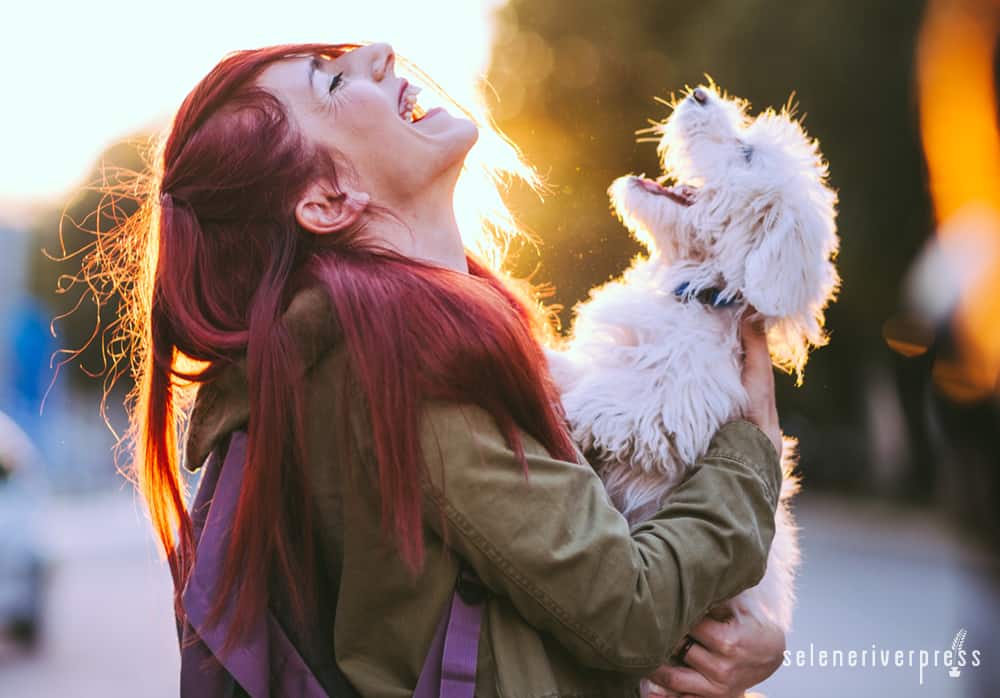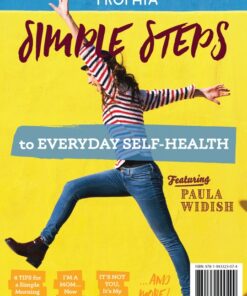Dogs have been a big part of my life as long as I can remember. Their excitement when I walk through the door is such an ego boost. And their willingness to listen, without judgment, to whatever I need to share is therapeutic.
As I watch our pup, Cleo, pass the days being her doggie self, there are some myths I’ve felt compelled to dig into a little deeper.
Why do dogs eat grass?
Cleo loves to find the tallest patch of grass and nibble as long as we’ll let her—so much so that we’ve started calling grass her “salad.” I’ve always heard that eating grass means she has an upset stomach and she’s trying to make herself throw up. While sometimes this happens, most of the time it doesn’t.
Turns out, just like us, dogs do different things for different reasons—and they don’t only eat grass when they’re not feeling well. Of course, animals are often in tune with what their diets are lacking and may seek out what they need in their surroundings. (You should see Cleo come running every time I open the bottle of desiccated liver tablets.) Because grass contains nutrients like potassium, chlorophyll, and digestive enzymes, it’s likely our four-legged friends are just fulfilling those dietary needs by chomping on our lawns.
Is a dog’s mouth really cleaner than a human’s?
Cleo gives our family daily kisses—not excessively or every time she sees us, but we are each graced with this loving gesture at least once a day. A common belief is that there’s no reason to worry because dogs’ mouths are cleaner than our own. So, are they?
While dogs and humans have a similar number of different types of oral bacteria (dogs have more than 600 and humans have more than 615), we don’t have that many in common. Because of this, it isn’t very likely kisses are bad for you or your dog. However, it is possible to pass along salmonella and other diseases, so always consider what your dog has had in her mouth—what she’s been snacking on out in the wilderness, if she eat a raw food diet, and so on.
Does a wagging tail always mean “all is well”?
Our pup isn’t always a big fan of other dogs, even though she has become much more relaxed since we adopted her more than three years ago. When she crosses paths with another pooch, she often stands tall and stiff, with her tail wagging away. People have told me that as long as her tail is wagging, I shouldn’t be concerned because she isn’t worried or likely to act aggressively. But she doesn’t look at ease to me in these situations, so is that true?
An article from Psychology Today debunks this myth entirely. Middle height (horizontal) wagging shows happiness, and is the wag she uses to greet us as we walk in the door. Tall height (vertical) wagging lets us know she is feeling dominant or offering a warning. A low height (below the butt) expresses that she is worried, feeling threatened, or being submissive, and tucking her tail under her body shows fear. These descriptions totally hold up with Cleo’s actions.
I love discovering more about all the creatures living in our house. When we understand each other, we live more harmoniously. When we live harmoniously, we are happier and healthier.
If you’re curious about what’s best for your best friend, SRP has some resources to get you started.
- Kymythy R. Schultze, CCN, AHI, has written a book about the diet your pups (and kits) are meant to eat. Natural Nutrition for Dogs and Cats: The Ultimate Diet reminds us all “there isn’t an animal on this planet that eats cooked foods”. Is it a myth that dry kibble is what your pets are designed to eat?
- Head to Tail Pet Health from SRP’s Practitioner’s Corner is filled with myth busting information about keeping your pet(s) at their best too.
- The Veterinary Clinical Reference Guide, by Ron Carsten, is based in his clinical experience using nutrition and whole food concentrates as therapeutic tools. You’ll want to get one for your vet!
What myths do you need to bust about your best friend?
Image from iStock/Kosamtu.



